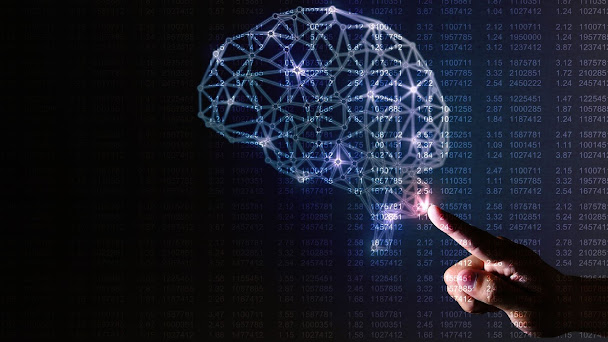Overview of the Perceptron Learning Algorithm
·
Motivation
and Historical Context:
The perceptron was introduced in the 1960s as a simple model inspired by the
way individual neurons in the brain might operate. Despite its simplicity, the
perceptron provides a foundational starting point for analyzing learning
algorithms and understanding fundamental concepts in machine learning.
·
Basic
Idea and Setup: The
perceptron is a binary classifier that maps an input vector x∈Rd to a binary label y∈{−1,+1} (note that some versions use {0,1}, but the sign form is common). The goal is
to find a weight vector θ∈Rd such that the prediction for an input x is: y^=sign(θTx) This corresponds to a linear decision
boundary that separates the two classes.
Algorithm Description:
- Initialization:
Start with θ=0 or some small random vector.
- Iterate
over training examples: For each training example (x(i),y(i)):
- Compute
the prediction y^(i)=sign(θTx(i)).
- If
the prediction is incorrect (y^(i)=y(i)), update the weights: θ←θ+y(i)x(i) This update pushes the decision
boundary toward correctly classifying the misclassified example.
- Convergence:
Repeat until all examples are correctly classified or a maximum number of
iterations is reached.
Interpretation of the Update: The weight update can be viewed as
reinforcing the correct classification direction for misclassified examples. By
adding y(i)x(i), the algorithm nudges the weight vector in
the direction that would correctly classify the current example in future
iterations.
Distinctiveness Compared to Other Algorithms:
·
Unlike
logistic regression, the perceptron does not provide probabilistic outputs; it
only outputs class labels.
·
The
algorithm does not minimize a conventional loss function like least squares or
cross-entropy. Instead, it performs an online update rule driving the decision
boundary to separate the classes.
·
It is
not derived from maximum likelihood principles, as are many other machine
learning algorithms.
Limitations and Properties:
·
The
perceptron converges only if the data is linearly separable.
·
For
non-separable data, it may never converge.
·
Because
it is a linear classifier, its decision boundaries are straight lines (or
hyperplanes in higher dimensions).
·
It
forms the basis of more complex algorithms, such as support vector machines
(SVMs) and neural networks.
Extensions:
·
Multi-class
classification adapts the perceptron by learning multiple weight vectors, each
corresponding to one class, and classifying inputs based on which linear
function scores highest (discussed in the notes in section 2.3).
·
The
perceptron learning algorithm is foundational for later discussions on learning
theory, sample complexity, and neural networks.
Summary
The
perceptron algorithm forms a simple yet historically significant approach to
binary classification. It operates by iteratively updating a linear decision
boundary to separate classes using a very intuitive rule, albeit without
probabilistic guarantees or loss minimization. It serves as a conceptual
stepping stone towards understanding more complex learning algorithms and
neural networks


Comments
Post a Comment